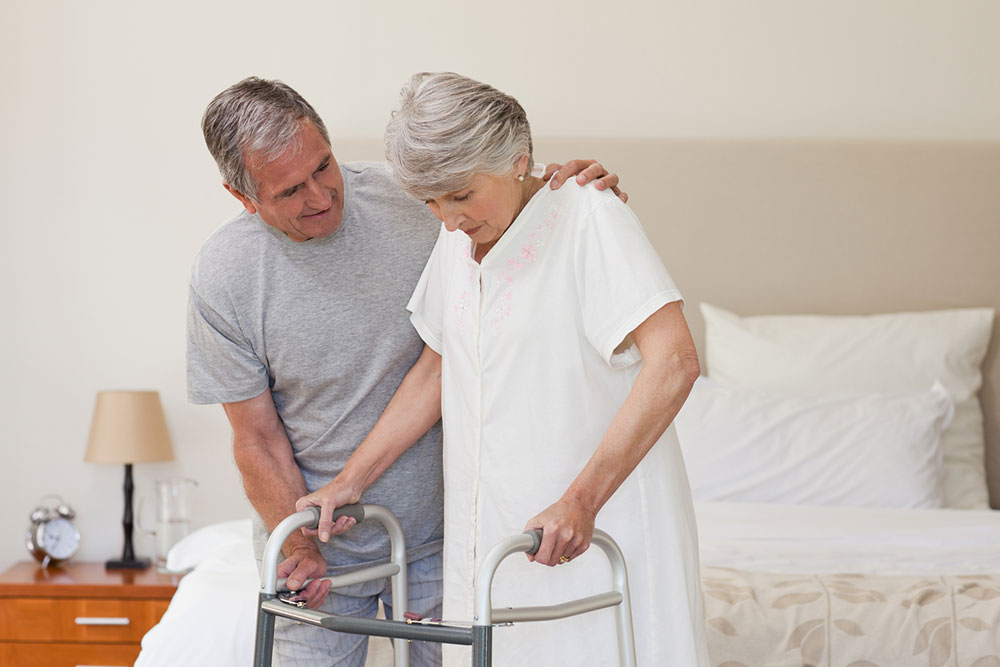7 essential steps to prevent pressure sores for bedridden patients

Pressure sores, also known as bedsores or pressure ulcers, are painful and potentially dangerous skin lesions that can develop when there is prolonged pressure on the skin and underlying tissues. Bedridden patients, especially those with limited mobility, are at a higher risk of developing pressure sores. These sores can lead to serious complications, including infection and tissue damage. Keep reading to learn more about the preventive measures bedridden patients can take to prevent pressure sores.
Frequent Repositioning
One of the most crucial steps in preventing pressure sores is to change positions regularly. Bedridden patients should aim to reposition themselves every 2 hours, shifting their weight to relieve pressure on specific areas of the body. Caregivers can assist with this process by using pillows or cushions to support different body parts and by gently moving the patient to prevent constant pressure on the same area. Further, if needed, one can buy hospital beds for home use. Regardless, repositioning helps improve blood circulation, reducing the risk of pressure sore development.
Maintain Good Skin Hygiene
Proper skin care is vital for preventing pressure sores, especially for bedridden patients who should be kept clean and dry at all times. Regularly cleaning the skin with a mild soap and warm water is recommended. Furthermore, avoid rubbing the skin, as it can cause friction and irritation. Additionally, applying moisturizers can help keep the skin hydrated, but avoid using products that can dry out the skin.
Ensure Adequate Nutrition and Hydration
Nutrition plays a significant role in preventing pressure sores. Patients need to consume a well-balanced meal containing vitamins, minerals, and protein to promote healthy skin and tissue repair. Hydration is equally important, as it helps maintain skin elasticity. Plus, if needed, one can consult with a healthcare provider or nutritionist to ensure that the patient is receiving the appropriate nutrients and fluids necessary for skin health.
Consider Pressure-Relieving Devices
Various pressure-relieving devices are available to help bedridden patients reduce pressure on vulnerable areas. Specialized cushions, mattresses, and overlays made from materials like foam or gel can distribute pressure more evenly, reducing the risk of pressure sores. These devices should be chosen based on the patient’s specific needs and comfort preferences, with guidance from a healthcare professional. If these do not work, one can buy hospital beds and use them at home.
Maintain Proper Body Alignment
Proper body alignment is essential for preventing pressure sores. Patients should be positioned in a way that ensures their body weight is evenly distributed. This can be achieved by using pillows and bolsters to support limbs and maintain a neutral spine position. Avoid placing pressure on bony parts like heels, elbows, and hips, as they are susceptible to pressure sores.
Regularly Inspect the Skin
Bedridden patients or their caregivers should conduct regular skin inspections. Checking the skin daily for any signs of pressure sores or early-stage redness is crucial. Detecting pressure sores in their early stages allows for prompt intervention, which can prevent them from progressing into more severe and painful ulcers.
Seek Professional Advice
Lastly, patients and their caregivers need to seek professional advice. Healthcare providers, including doctors, nurses, and wound care specialists, can offer guidance on pressure sore prevention strategies tailored to the patient’s specific needs.

